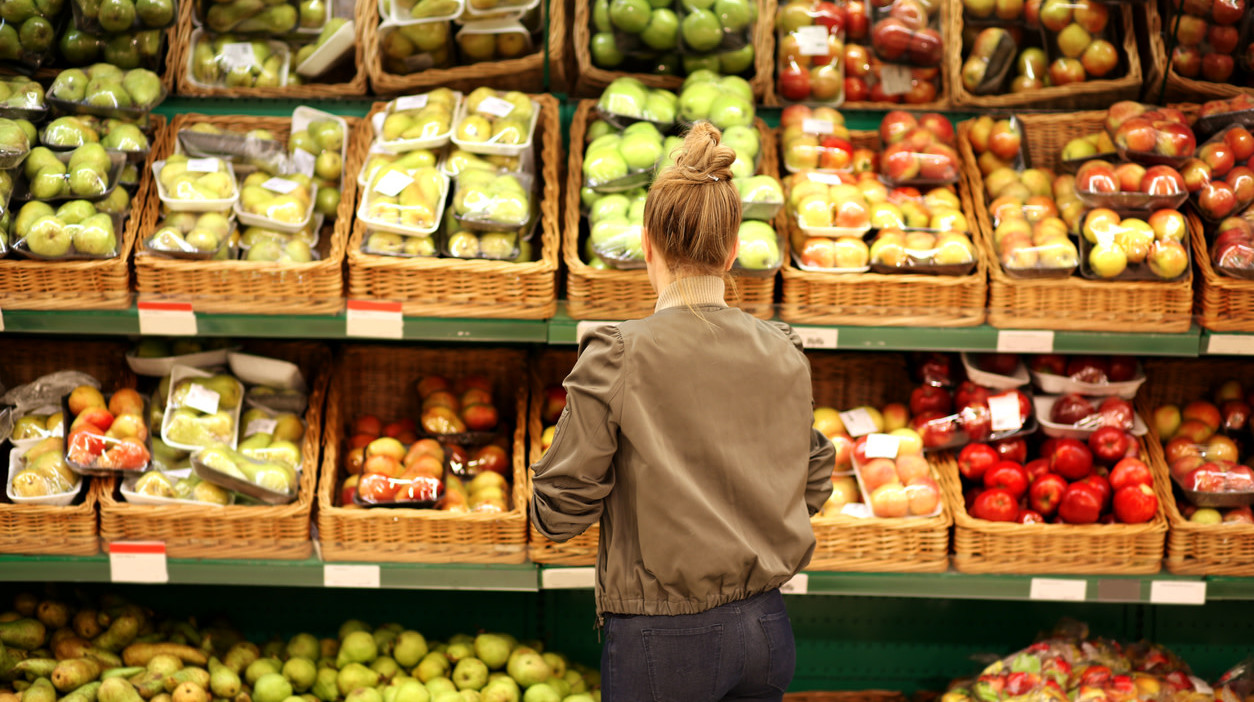Changes To Food Stamp Program Will Most Affect People In Cold States
Just in time for the holidays, the Trump administration has approved plans to overhaul the Supplemental Nutrition Assistance Program, aka SNAP, aka food stamps. The Department of Agriculture argues that the economy has improved under Trump, and therefore assistance to unemployed, childless, able-bodied (or "work-eligible") adults is no longer necessary. The USDA plans to tighten employment restrictions, which could remove almost 700,000 people from food stamps. The department has also proposed closing a "loophole" in order to render those at 200% poverty (that is, making $50,000 for a family of four) ineligible for the program.
To add insult to injury—more accurately, to add injury to injury—the cuts will disproportionately affect people who live in colder states. Here's why: When people apply for food stamps, their utility costs are subtracted from their income, which gives the government an idea of how much money they have leftover for other expenses. The Department of Agriculture now wants to limit the amount people can deduct for utility costs.
According to a report by the Urban Institute, those hit hardest would be households with high heating bills in the winter. Vermont would lose nearly 22% of its SNAP aid. And, as the nonprofit Hunger Free Vermont told USA Today, 70% of Vermonters on assistance would see a cut, with the average aid in the state going from $215 to $144 a month. Other states toeing the Canada border, including Maine, New York, and South Dakota, would see an 11% cut in aid. So, in 2020, many Americans could face a horrible choice: pay for heat or for food.
All that said, if you can, consider making your holiday food bank donation a monthly one—particularly if you live in a cold place. You can find your local food bank here.
